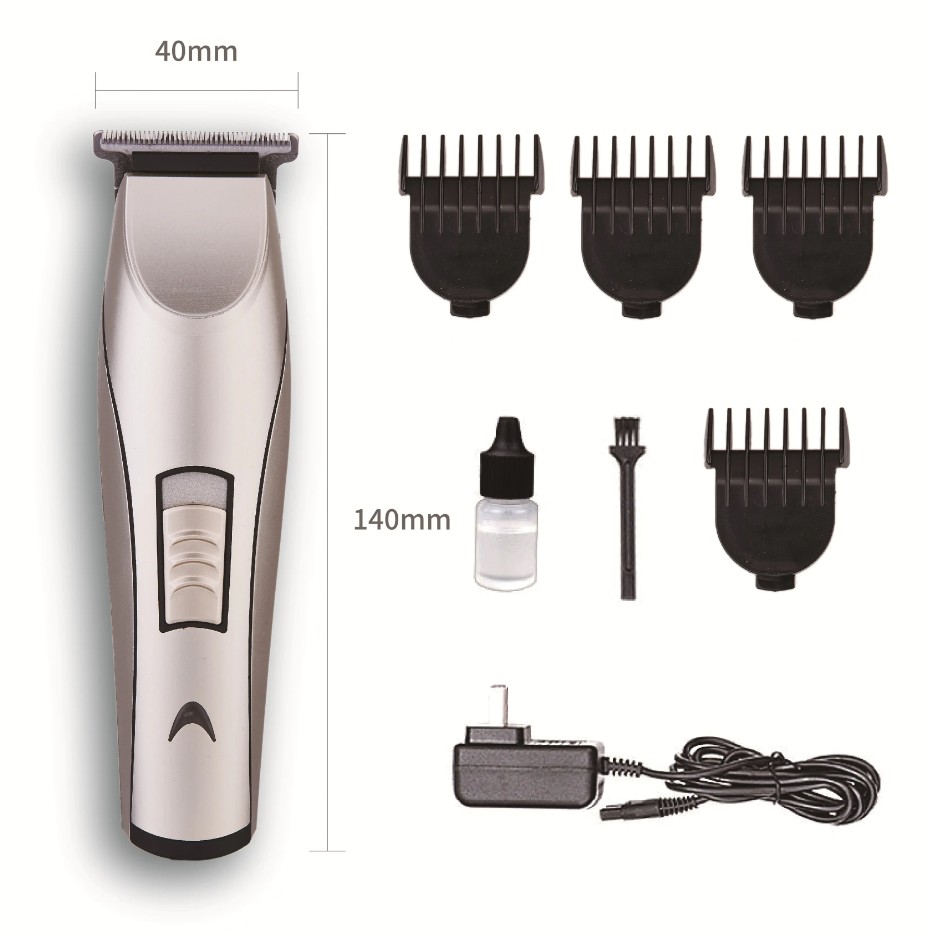Choosing the right hair trimmer for different hair types involves a thoughtful consideration of various factors to ensure the trimmer meets your specific needs and preferences.
Blade Type: Begin by assessing the blade type of the trimmer. Stainless steel blades are versatile and work well for various hair textures, while titanium blades offer durability and corrosion resistance. Look for blades with different cutting lengths or adjustable settings for flexibility in styling.
Motor Power: The power of the trimmer's motor is crucial, particularly when dealing with thick or coarse hair. A more powerful motor ensures a smooth and efficient trimming experience. Consider high-torque or professional-grade motors for challenging hair textures.
Corded vs. Cordless: Decide between corded and cordless trimmers based on your preference and grooming habits. Corded trimmers provide continuous power for extended sessions, while cordless trimmers offer flexibility and convenience, though they require recharging.
Adjustable Length Settings: Look for trimmers with adjustable length settings to customize the length of the cut. This feature is essential for dealing with different hair lengths and styles, allowing you to achieve the desired look.
Attachments and Accessories: Many trimmers come with various attachments and accessories, such as comb attachments or blade guards. These additions are valuable for achieving specific lengths or styles, making them useful for different hair types.
Maintenance and Cleaning: Consider the ease of maintenance and cleaning. Trimmers with detachable blades or washable components are more convenient to clean, ensuring optimal performance and hygiene over time.
Noise Level: Take into account the noise level of the trimmer, especially if you or others are sensitive to loud sounds. Trim with quieter operation may be preferred if noise is a concern in your grooming routine.
Precision and Detailing: For intricate detailing and precision work, opt for a trimmer with a narrow blade or one specifically designed for detailing. This is crucial for creating clean lines, fades, or intricate hair designs.
Brand Reputation: Consider the reputation of the brand and read user reviews. Established brands with positive feedback are more likely to offer reliable and durable trimmers.
Budget: Determine your budget for a hair trimmer. While high-end professional trimmers may offer advanced features, budget-friendly options can provide excellent performance for basic grooming needs.
Hair Texture and Thickness: Tailor your choice to the specific hair texture and thickness you are dealing with. Coarse or curly hair may require a more robust trimmer, while fine or straight hair may be managed effectively with a trimmer suitable for general use.
By taking these factors into account, you can make an informed decision and choose a hair trimmer that aligns with your unique requirements, ensuring efficient and satisfactory results across different hair types.



 简体中文
简体中文











